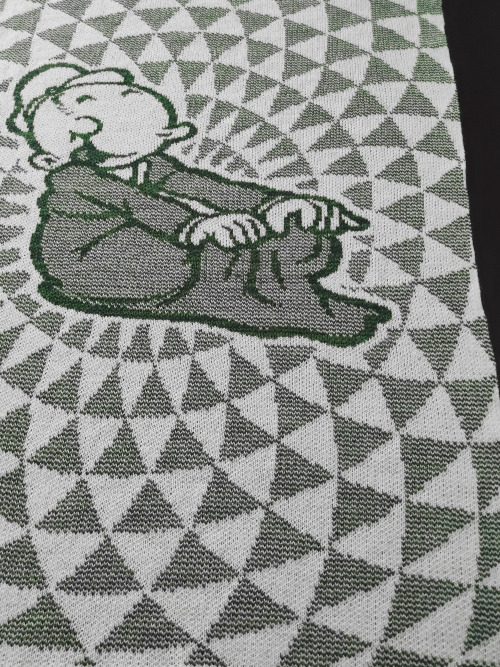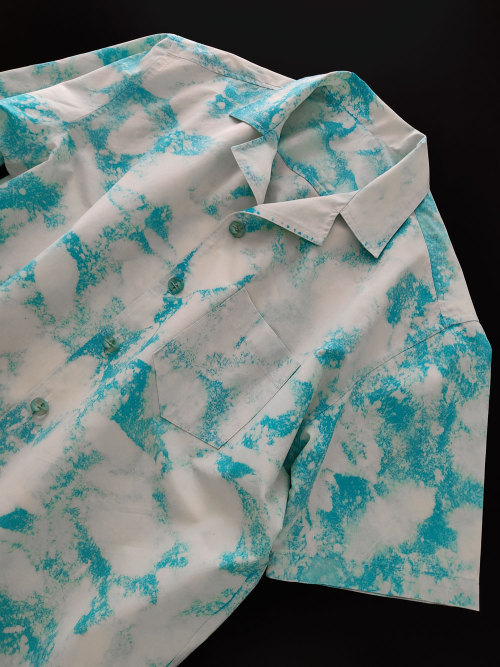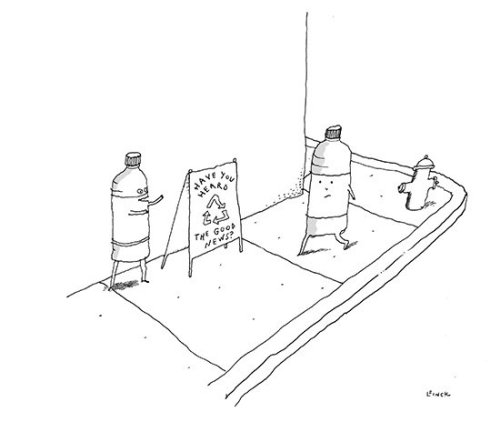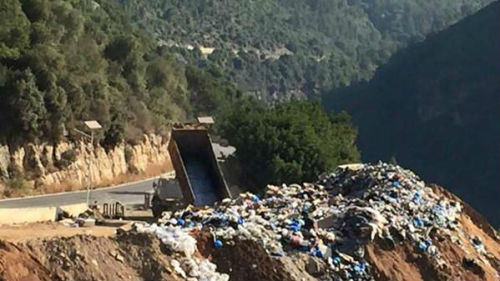#recycle
Swee'Pea baby blanket · Pisellino in italiano · 100% pura lana extrafine di Zegna degli anni ‘65, recuperata e lavorata con una macchina da maglieria hackerata Brother KH930
Post link

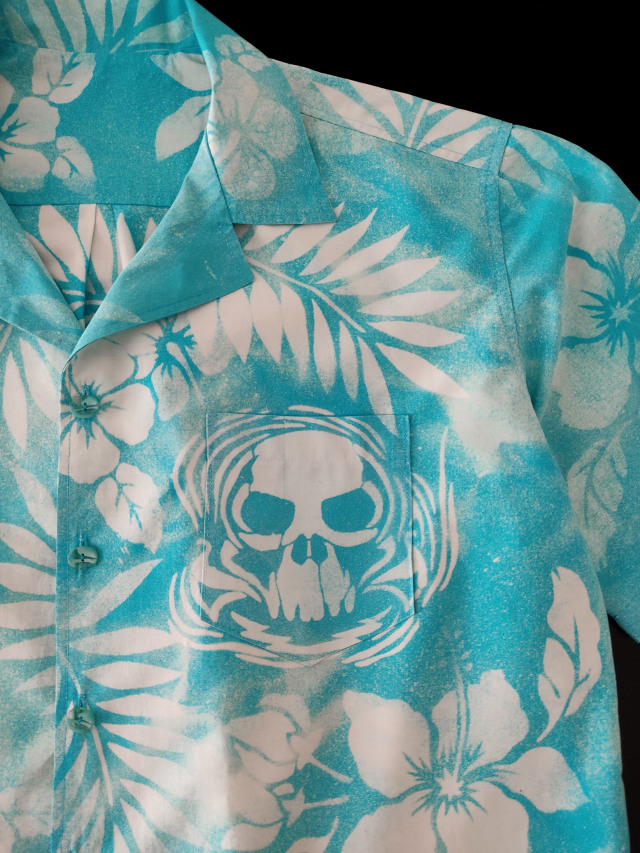
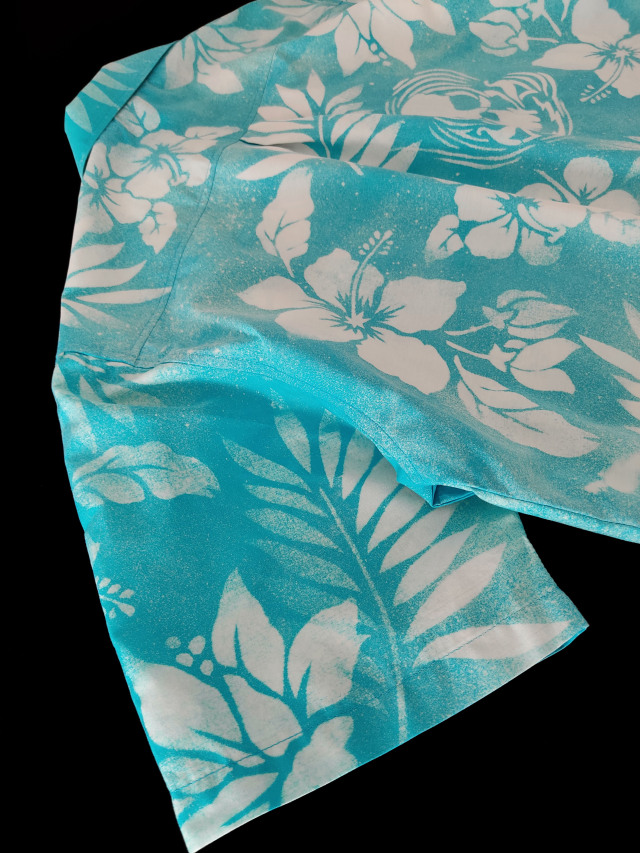
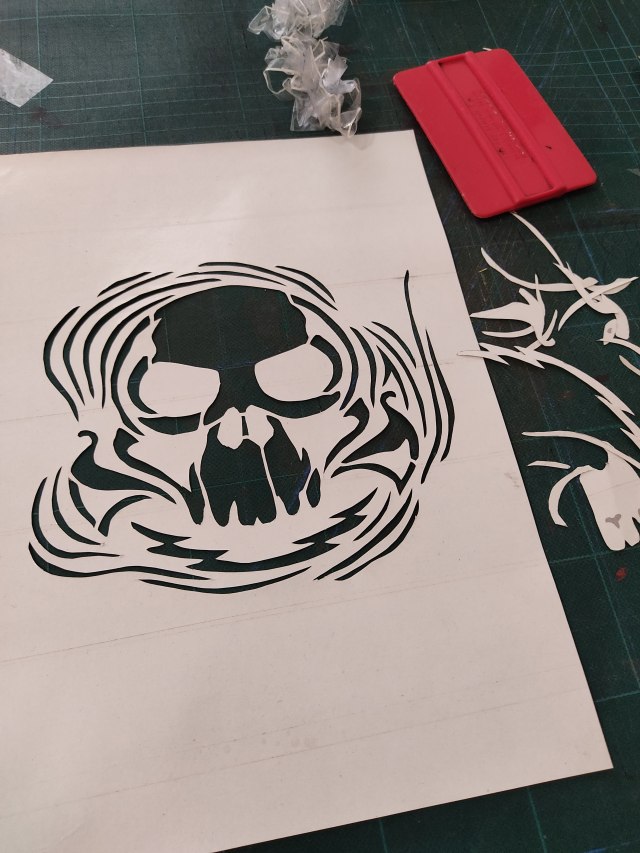
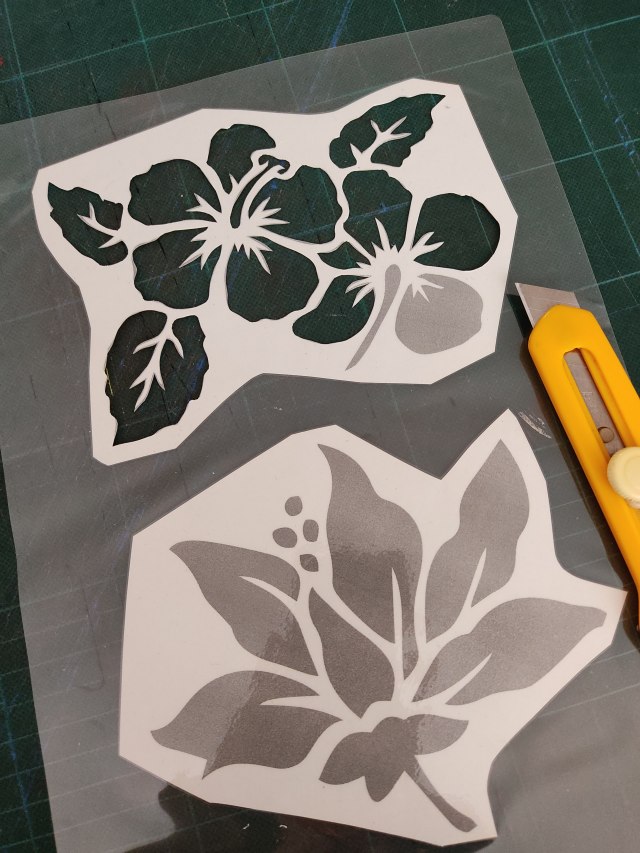

sperimentando la stampa sottrattiva con la candeggina
.
Know a seamstress or someone who works with fabric? Tag them below!
These come in a new size so you can choose from large or small!
.
.
.
#seamstress #fabric #zipperpouch #zipper #zippers #funkyfinds #vintage #uniquefinds #eighties #eightiesfashion #nineties #ninetiesfashion #ninetiesstyle #throwback #1980s #recycle #earthday
https://www.instagram.com/p/Cb-39JuO8IO/?utm_medium=tumblr
Post link
http://www.gofundme.com/consciousretail
facebook.com/juvintageclothing.com
instagram.com/juvintageclothing
Post link
Follow my new blog : ConsciousClothCollective.tumblr.com
an informative eco fashion blog/lookbook :)
Post link
I know it’s not the worst aspect of being disabled, but I loathe the sheer amount of rubbish I generate from all my medication boxes and blister packs, and a lot of it isn’t recyclable




I had a client recently ask me to make a steampunk mechanical bee for her and gave me a photo of a tattoo for reference. This is the result. The wings were a problem as I wanted them light. I ended up cutting down two brass pendant bases and filling them with UV resin. They then had to be sanded back to the brass and finally polished. I was aiming on transparent but the frosting works. Her body is an old brass electrical terminal cut to fit. Her wire legs are threaded through the body for security. The crimps are for effect and to stop the feet scratching if worn as a pendant.
She also contains an assortment of gears, pinions, screws, bolts, rivets, an electrical probe is her “stinger” and her wire antenna do rotate. I hope the client likes her but if not I’ll try again. I’ve already had interest so she will sell either way.

Image credit: Rodolfo Marques
By Idha Valeur
With Christmas sneaking up on us and December in full swing and the added focus on sustainability we take a look at how you can make better material choices for a slightly more sustainable Christmas.
Let’s talk about Christmas trees.
In the December issue of Materials World our news writer deep dived into the debate between the real and the fake tree to find out once and for all – which is the most sustainable?
It all depends on consumer behaviour and how that plays into the tree’s lifecycle. The life cycle analysis of real versus plastic Christmas trees showed that for a fake tree to be sustainable the owner would need to keep the tree for more than five years and if they donated it to a charity shop or similar when looking to upgrade that would improve the analysis.
While if you were to choose a real tree, prioritise buying a locally sourced tree because transportation emissions play into its overall sustainability. One could make it more sustainable by re-using the tree after the festive season by replanting it in the garden etc.
Whatever you choose, make an informed purchase and assess whether you are likely to keep an artificial tree for several years or what fits with your lifestyle.
Read the full analysis in MW here: https://bit.ly/2PcC8Je
What about wrapping?
There are certain key aspects to be aware of when it comes to wrapping paper. The most important factor to think about is ‘Is it recyclable?’.
There is a simple test you can do to assess this, scrunch the paper in your hand. If the paper remains crumpled up it is safe to recycle. If it doesn’t, keep it away from the recycling bin.
Video credit: Recycle Now.
‘Wrapping paper is often dyed, laminated and/or contains non-paper additives such as gold and silver coloured shapes, glitter, plastics etc which cannot be recycled,’ Recycle Now’s website states.

Wrapping that is safe to use include brown paper and newspapers or you can buy recycled wrapping paper from several companies. For decoration fabric ribbons, twine and jute string are all better for the environment than shiny options. In general, avoiding metallic, shiny and/or glittery options is a safe move.
Another tip from Recycle Now is to avoid using sticky tape as this effects the paper’s recyclability. They recommend using ribbon or coloured string instead to secure the wrapping around the gifts to your loved ones.

Decorating with holly, evergreen and pine cones or cinnamon sticks that are good options for decor says Recycle Now. If they are not covered in glitter they can be composted after use.
Other general tips include reuse as much as you can with for example, saving the wrapping paper and reusing it for smaller gifts later down the line, return your tree to a recycling point, reduce food waste and making your own presents.
As a parting thought on Christmas packaging, Recycle Now and Wrap statistics shows that ‘at Christmas we consume enough card packaging to cover Big Ben nearly 260,000 times.’
Merry Christmas from us & celebrate environmentally friendly.

Before you recycle, replenish and restore!
It’s a must to reblog this.
yes please!!

Life Is so Much better.
Batteries have an important role as energy sources with environmental advantages. They offset the negative environmental impacts of fossil fuels or nuclear-based power; they are also recyclable. These attributes have led to increasing research with the aim of improving battery design and environmental impact, particularly regarding their end of life. In addition, there is a desire to improve battery safety as well as design batteries from more sustainable and less toxic materials.
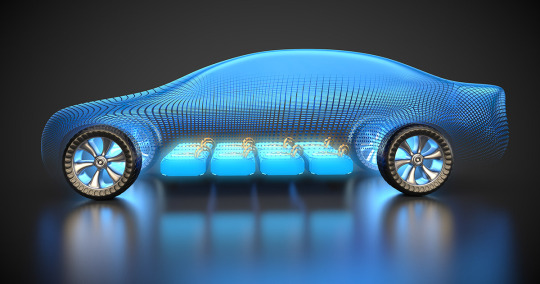
Electric Vehicle
New research shows that aluminium battery could offer several advantages:
Aluminium metal anode batteries could hold promise as an environmentally friendly and sustainable replacement for the current lithium battery technology. Among aluminium’s benefits are its abundance, it is the third most plentiful element the Earth’s crust.
To date aluminium anode batteries have not moved into commercial use, mainly because using graphite as a cathode leads to a battery with an energy content which is too low to be useful.
This is promising for future research and development of aluminium as well as other metal-organic batteries.

Battery Charging
New UK battery project is said to be vital for balancing the country’s electricity demand
Work has begun on what is said to be Europe’s biggest battery. The 100MW Minety power storage project, which is being built in southwest England, UK, will comprise two 50MW battery storage systems. The project is backed by China Huaneng Group and Chinese sovereign wealth fund CNIC.
Shell Energy Europe Limited (SEEL) has agreed a multi-year power offtake agreement which will enable the oil and gas major, along with its recently acquired subsidiary Limejump, to optimise the use of renewable power in the area.

Renewable power
In a statement David Wells, Vice President of SEEL said ‘Projects like this will be vital for balancing the UK’s electricity demand and supply as wind and solar power play bigger roles in powering our lives.
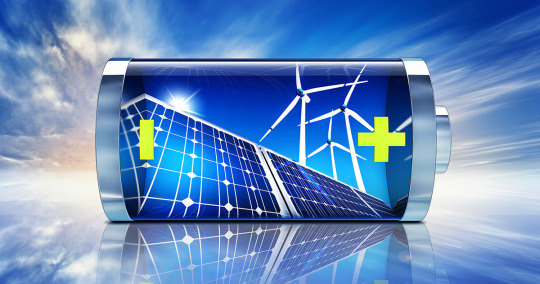
Battery
The major hurdles for battery design, states the EU’s document, include finding suitable materials for electrodes and electrolytes that will work well together, not compromise battery design, and meet the sustainability criteria now required. The process is trial and error, but progress is being made.
For more information, click here.
Reference:


The bag acquired straps and closures. It’s now my favourite bag to use. The nice thing about making is you can just keep working on an item until you’re happy with it.

